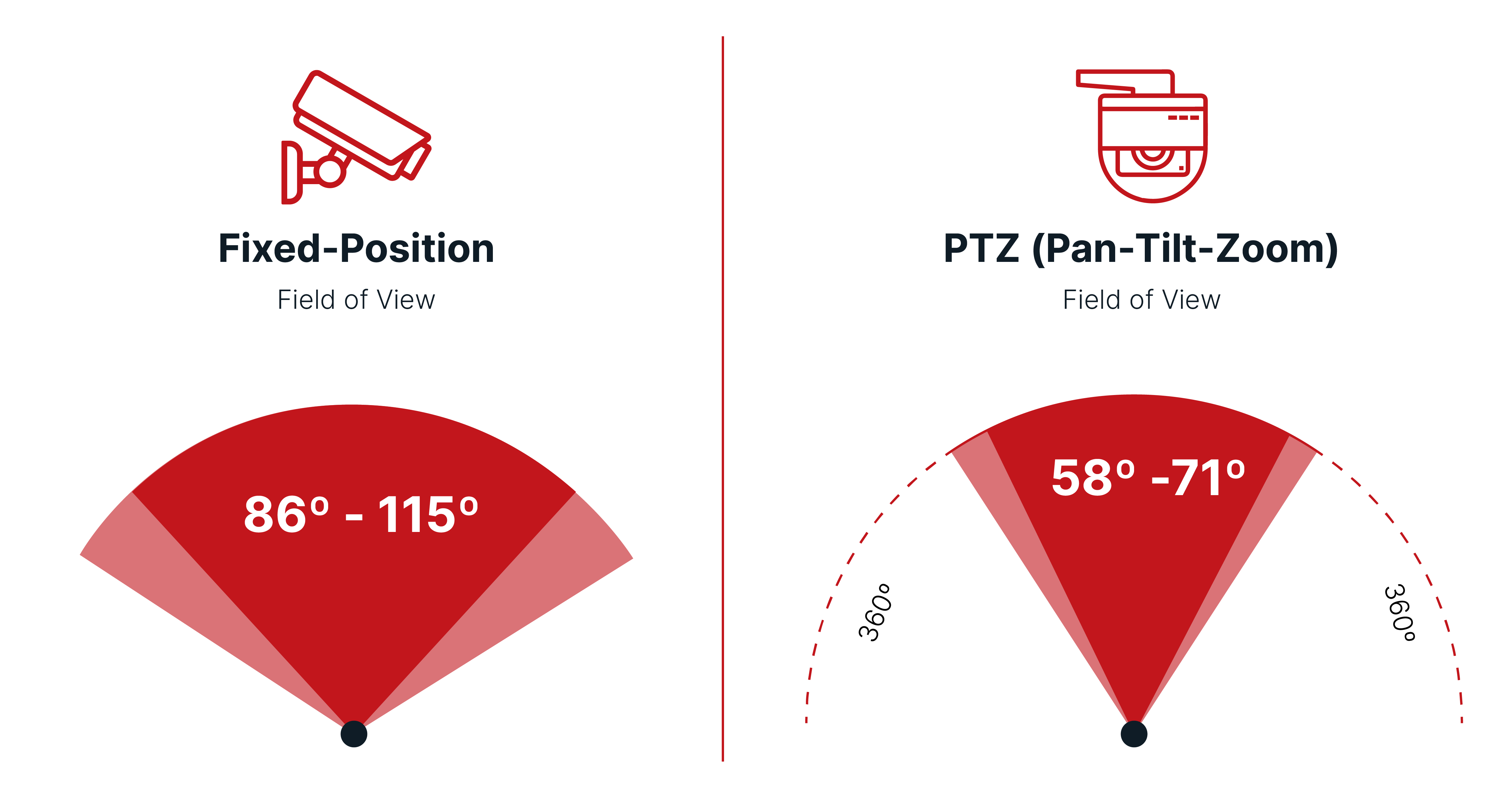
With the digital transformation that is taking place across different sectors, the construction industry has not been left behind. Various construction companies have embraced new approaches, tools, and data-centric strategies to improve the outcomes of projects. With the overall aim to reduce costs, time and minimize risks at job sites, adopting digital ways of operations at the site can go a long way to improve efficiency and deliver projects on time. One of the modes of incorporating digitalization is through reality capture.
Reality capture is the process of quickly and efficiently recording the conditions of the project using construction cameras in order to gain the most accurate interpretation of the project and represent the closest portrayal of reality. Construction progress can be captured either using PTZ (pan-tilt-zoom) cameras or fixed position cameras. Construction cameras have become the most common form of reality capture on job sites. These cameras are used to improve security, enforce policies and procedures and provide visual project documentation of everything that happens on a project, helping project managers stay on schedule and on budget. They can improve collaboration between key stakeholders while reducing the need to physically visit the Jobsite.
As the name suggests, PTZ cameras use motors that allow them to pan, tilt, and zoom in and out of a preset location. One can operate them remotely to monitor wide open areas that require a 360-degree view.
Fixed-position cameras are set up stationarily to capture the activities of a set location over a given time. Although these types of cameras are immobile, it is the ability to capture events in real-time that give them an upper hand as construction cameras. With a number of options and suppliers, selecting the right construction camera can be challenging. This is because the features of the construction camera are not only important but also the functionality.
Here are some of the differences between these two cameras that are commonly used on job sites:
With the advancements of image resolution in fixed IP CCTV cameras, single or multiple fixed cameras can provide better coverage at a lower cost than a single PTZ camera. High-resolution fixed cameras can be configured to allow for digital zoom and set to cover the same area as a PTZ camera. On the upper hand, fixed cameras are never repositioned out of place, thereby providing multiple angles and views of any incidents that may occur on-site.

Typically, a PTZ camera covers a larger area than a fixed position camera because it can rotate through different coverage. However, with this movement, there are high chances of blind spots as the PTZ camera rotates and this provides incoherent data capture. A fixed position camera has no risk of any blind spots but rather offers reality capture of the entire site activities. Future references can be made from reality capture without the worry of missing captures.
Due to the complexity of the PTZ camera and its ability to move around, it requires precision during installation so that the camera can be fully utilized. On the contrary, a fixed camera can be easily installed on-site without the worry of any potential damages to the camera during installation.
PTZ Cameras are expensive compared to fixed-position cameras in terms of both hardware and installation costs. Installation of fixed cameras is highly cost-effective compared to PTZ cameras
Fixed-position cameras produce high-resolution images and have a zooming ability beyond 18X the normal basic zooming level. PTZ cameras are unable to capture high-resolution images due to the mobility capability of the cameras
Today’s construction cameras have complex multi-function systems and optional components. These components make these cameras have different price points and ROI to the customer. The fixed position camera with 101 degree, lens or field of view has a digital zoom feature. Digital Zoom uses the camera’s processor to crop into the center of the photo, capturing fewer pixels, then scaling up the smaller image and stretching out those fewer pixels to get the photo resolution back to its original size. On the other hand, the downside of the PTZ camera with its optical zoom feature is that once a user zooms in optically, the rest of the view is not captured and any important occurrence off-frame can be easily missed. This is why digital zooms to fixed position cameras have the most opportunity to recuperate costs.
Essentially, fixed cameras are advantageous since they provide reality capture that is also handy during the construction progress and help with project management